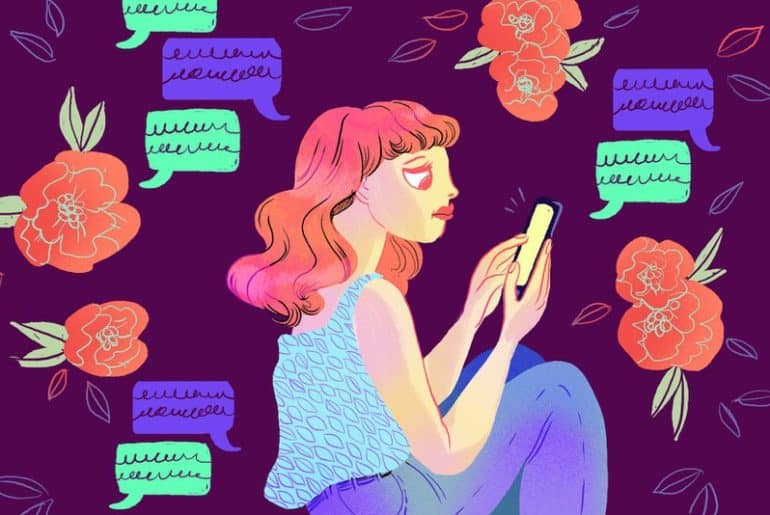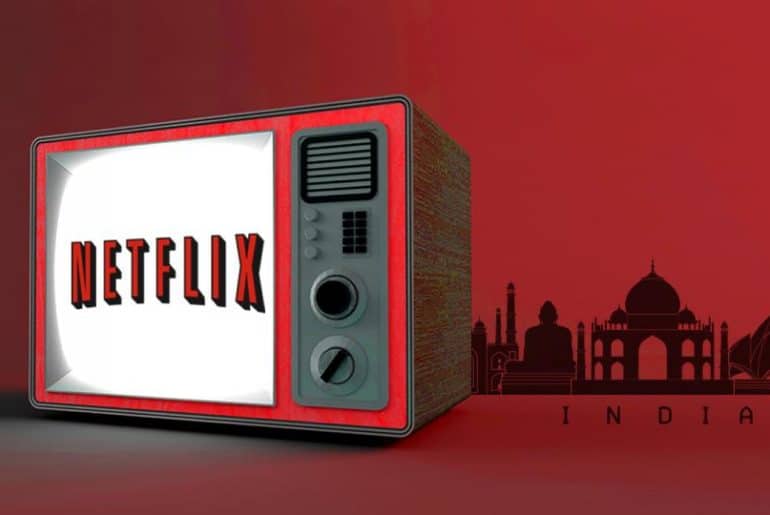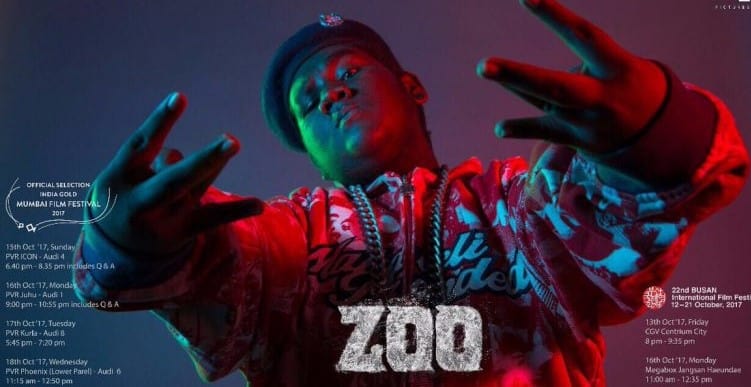Addictions and obsessions are often associated with drugs and alcohol, however, there are a number of activities or substances in our daily life to which we are deeply addicted, but remain ignorant about.
1. Mobile Phones and Social Media:
In today’s world, a talk about obsession without a mention of the handy telephone is impossible. We, on a daily basis without even our notice spend around 3 to 4 hours in vain, on our mobile phones. Scrolling through social media to have a glimpse of what all is going on in the lives of others, we often end up ignoring what is going on in our own. Mobile gaming is another villain that keeps calling us, to pick up the device. Lost in a world of PubG, Call of Duty and Counter Strike, we fail to realise the shortcomings we are causing to our own world. Using electronic gadgets occasionally as a break from work or for a positive purpose is harmless, but feeling a continous and surfeit urge to scroll or play is what can make a person phonophobic.
2. Chai/Coffee Fuelled Survival:
With the common and trending slang quotes and memes, a dependency on coffee or tea is assumed to be hip and cool. But, trust me, it’s not. A person’s inability to meet the daily grind in the absence of a cup of chai or coffee, or facing difficulty in even getting up from sleep without the daily dose of caffeine is not something healthy. Dependency on anything or anyone never gets counted in the positives. It is only the strength and ability to manage every condition, every circumstance, that makes one rise above mediocrity. So, all those who attach a tag of coffee-holic and tea-lovers to themselves, need to understand that having your cup of coffee or kadakchai thrice a day due to the immense love you have for its flavour is no bad but, having it because without it, your routine will not be able to function, is a serious issue which needs to be worked upon.
3. Fitness Freaks:
Gym and exercising are good only until they benefit the body and enhance your health, but once they starts to have an opposite effect of over-straining and begin giving excessive fatigue to your body, they become a hazard. Especially when despite of physical pain, you find yourself unable to avoid straining physical exercise, you become an addict. People, who even after a serious injury or breakdown, cannot resist going to the gym or resting their daily work-out regime, become at risk to causing extreme trouble to themselves and their bodies. So, all the gym-freaks out there, it is fine to relax for a day. Even John Cena and The Undertaker probably have their cheat days.
4. Porn Addiction:
Sexual needs and a want for their satisfaction is something that every person desires for and therefore taking support of pornographic material available online is not something viscous. But, again facing a depravity of sleep or a sense of discomfort in its absence is harmful. Over doing can have serious health implications for both males and females. Self-control is not something only necessary for the well-being of your body but is also beneficial to your mental health.
5. Shopping: A Guilty Pleasure
An excessive urge to shop is a medically recognized addiction known as, Oniomania. Making yourself fall in debt just to buy shiny branded articles makes you an Omnomaniac. It usually arises with a feeling of depression or a constant thinking of perceiving oneself inferior from others. One can understand its serious implications on their bank balance from our very favourite Rebecca Bloomwood in Confessions of a Shopaholic.
Image Credits: Headspace
Kriti Gupta






